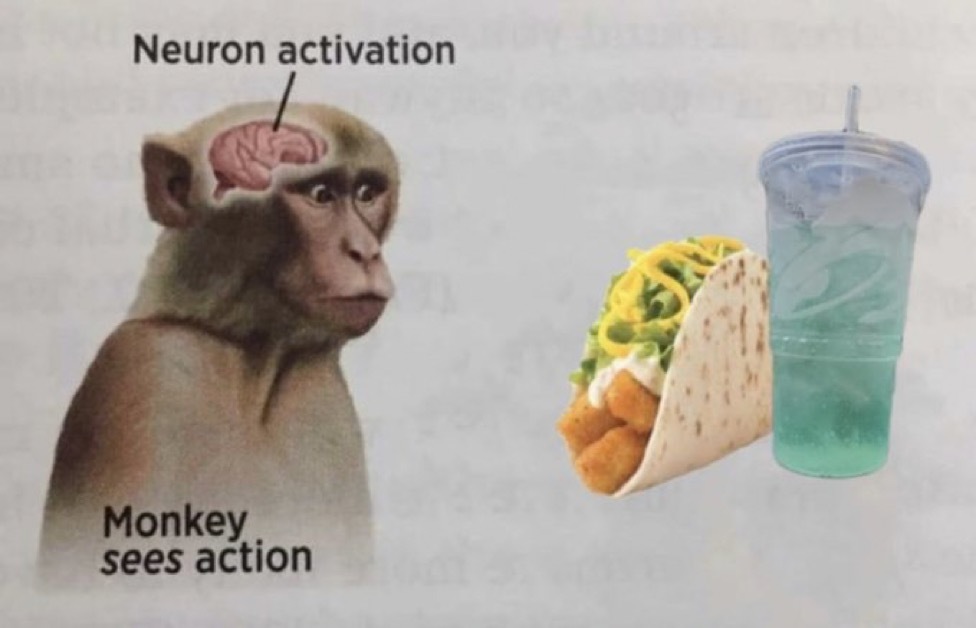Yes, creative jobs near universally provide licenses to creative cloud. Aside from companies not hiring people without that experience, the amount of saved assets and templates, along with the deep integration between apps makes the prospect of a full “migration” a ridiculously expensive prospect.
The value in these assets is not just in video files or pictures you can easily migrate to another app. It’s the complex scripts and templates that allow creatives to make custom branded content on the fly. Like a lower third that adjusts styling depending on the name you put in, and auto resizes to fit the text, etc.

Oh it very much is, and I’m in no way advocating for it. I just see this discourse a lot online, and I never see the actual reasons why it’s still in such heavy use talked about anywhere. So yea, that’s the actual why behind their huge marketshare despite their shitty tactics.
You totally can create assets for another platform, but frankly, no one is even close to the level of integration between apps as adobe. Some apps like davinci resolve, and Affinity apps are just now getting to be as good as a standalone adobe app, but there’s still nothing that has the cross-app functionality like Adobe does.
Like for example updating a PSD file, which automatically updates after effects templates it’s used in, which automatically updates premiere projects that use that template, for example. Even just making motion graphics templates for use in a video editor is clunky at best with other apps. Sure you could do it manually, but time is expensive in these industries, every second counts.
To answer your question, or the extension of your question “how to we get creators out of this walled garden”, the answer is not better software, or another alternative. What will really fix this issue is better open source standards for formats. Adobe has the benefit of making their own, while nearly every other platform relies on file standards created decades ago that are too inflexible to support these use cases. Just my two cents.